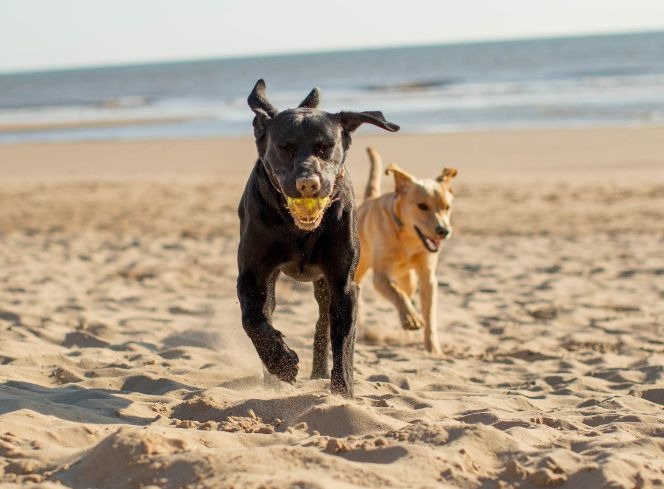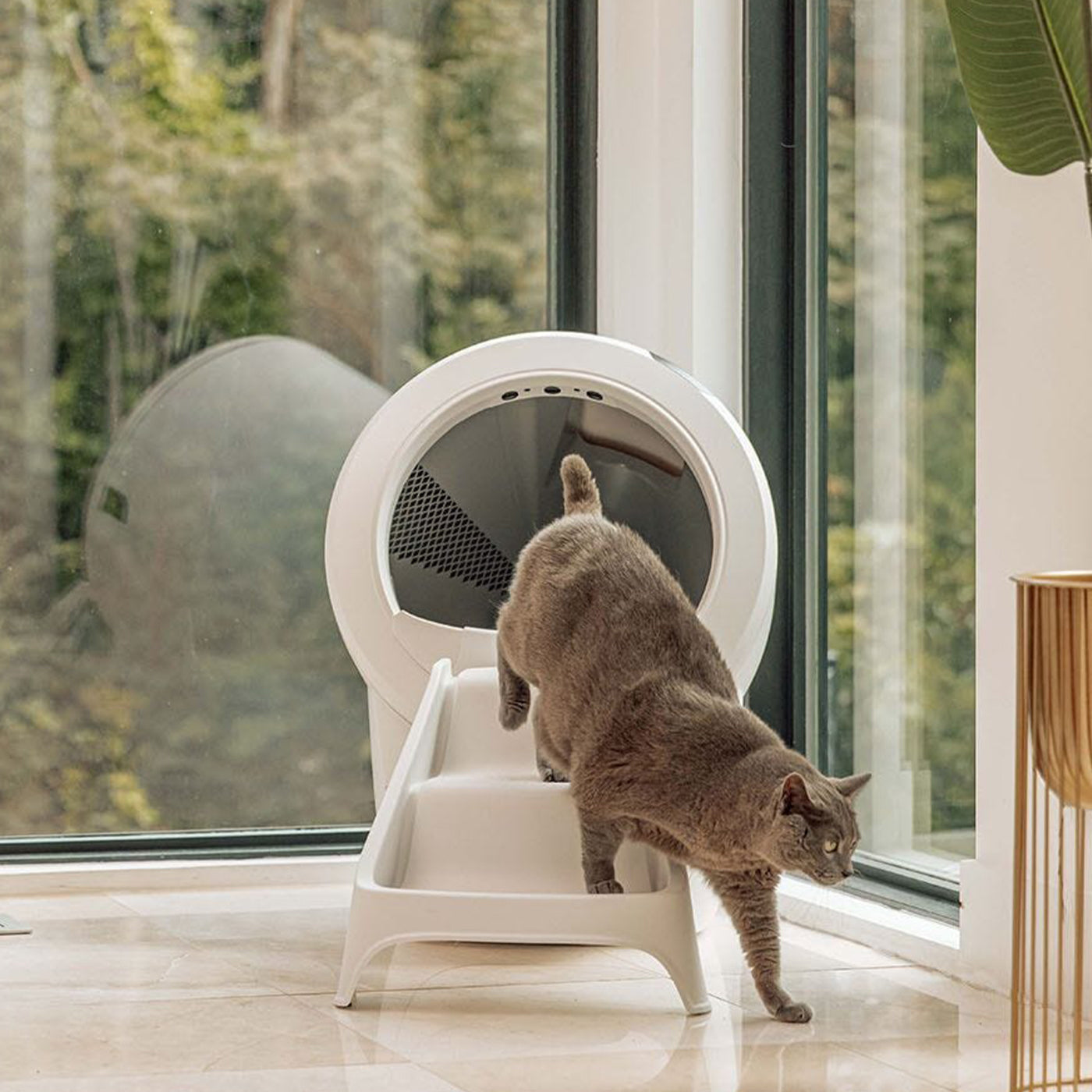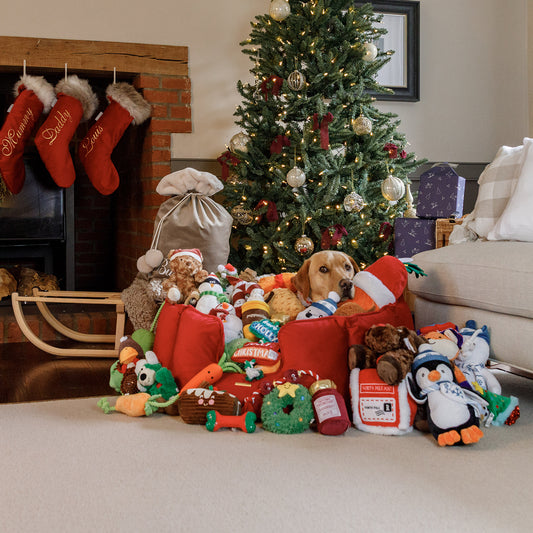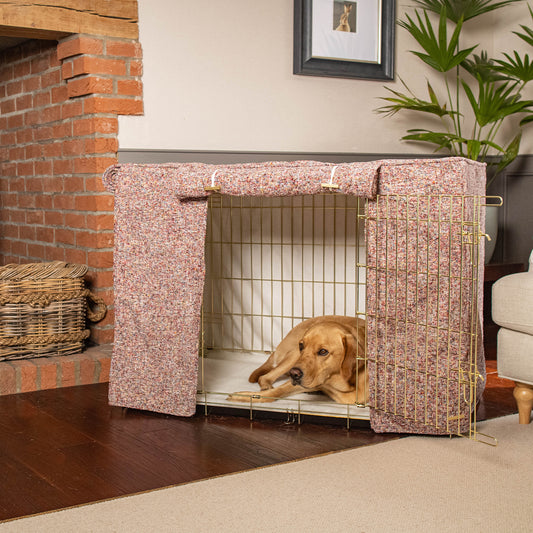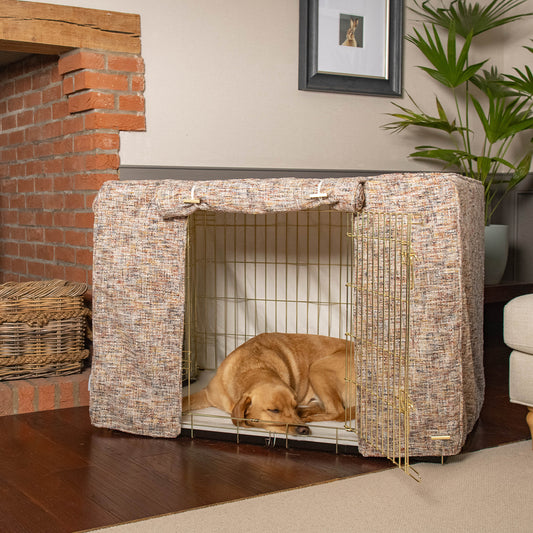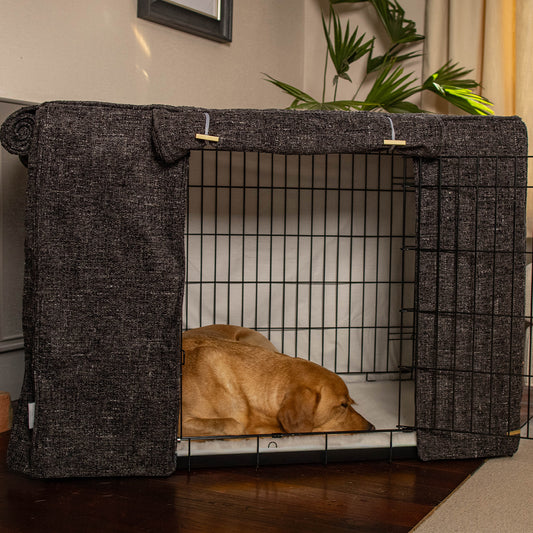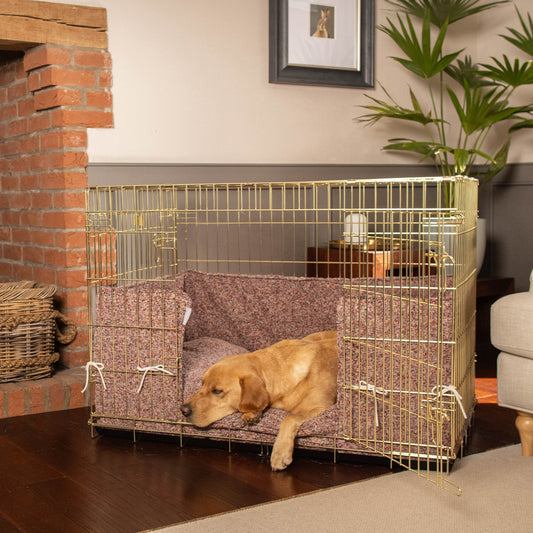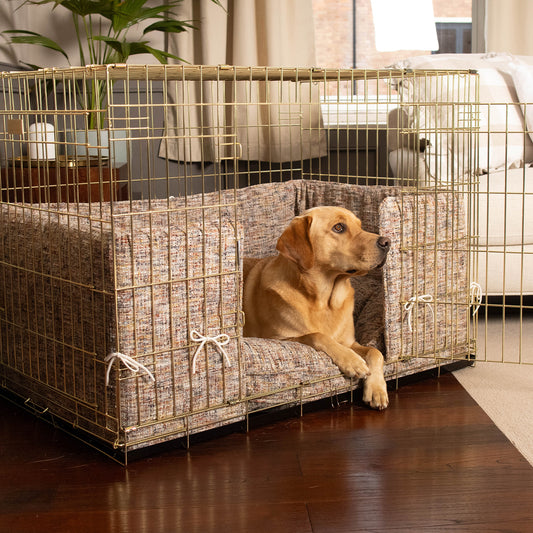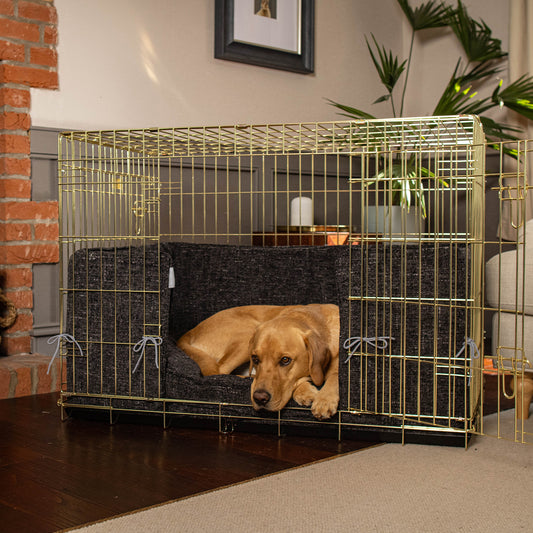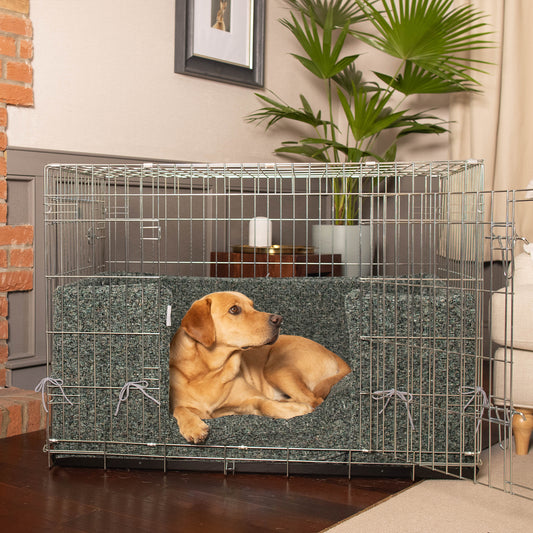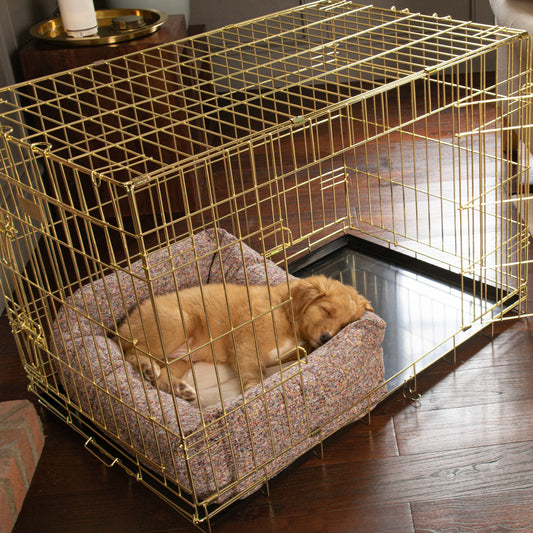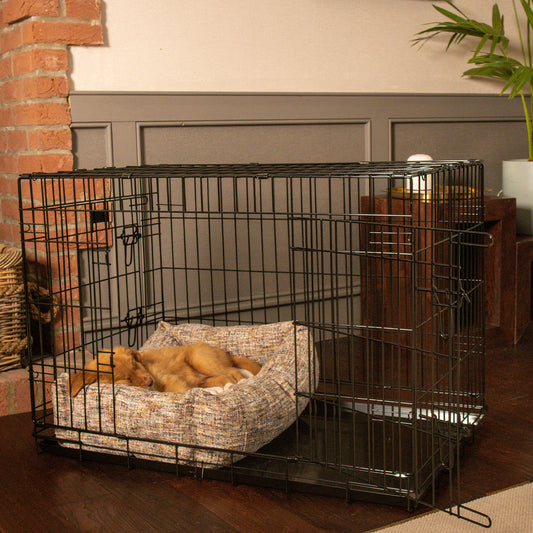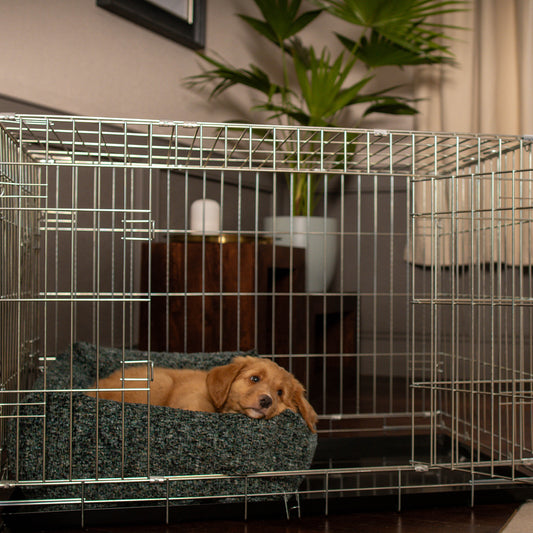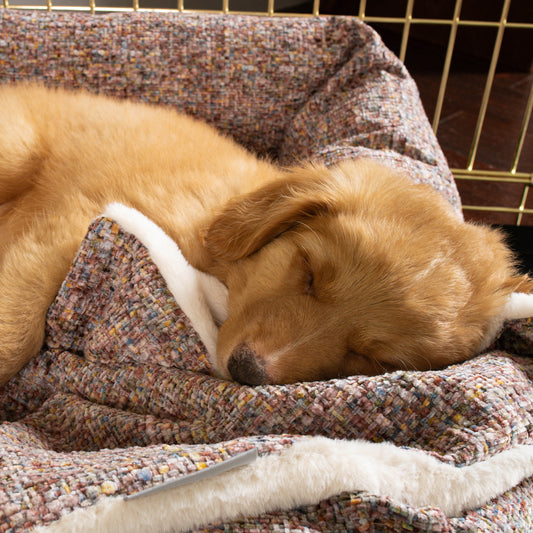Fetching a ball is not only a classic dog game but also an excellent exercise to stimulate your furry friend both mentally and physically. Teaching your dog to fetch requires patience, consistency, and a well-structured approach. In this guide, we will walk you through the step-by-step process of training your dog to fetch, whether it's a playful puppy or a mature companion.
Why do dogs like fetch?
Engaging in a game of fetch extends beyond mere entertainment—it fosters a dynamic interplay of energy expenditure and cherished companionship for both canine and human participants. Yet, delving into the roots of a dog's penchant for fetch unveils an intricate interplay of innate instincts and their desire to please their human counterparts. The act of chasing and dutifully returning an object encapsulates a canine's earnest aspiration to accomplish a task that resonates with their loyalty-driven nature. The allure amplifies, particularly when rewards are involved, rendering the endeavour a fulfilling gesture in their eyes.
Upon the fling of the ball, an intrinsic script unfurls within a dog's being. The ball's trajectory simulates the erratic movement of potential prey, a visual cue that prompts a primal reflex. This reflex, honed through generations of predatory heritage, compels the dog to retrieve the object, the echoes of their forebears reverberating in this playful pursuit. An intricate symphony of neural pathways culminates in the release of dopamine, activating their reward centres, and consequently magnifying the joy they derive from this interactive sport—mirroring the exhilaration of the hunt itself.
However, not all canines possess an equal fervour for fetch. Their breed and temperament interlace to determine their disposition toward this spirited game. For breeds steeped in their hunting lineage, such as Cocker Spaniels and Border Terriers, the act of capturing and returning a tossed ball epitomises an intrinsic yearning. This yearning, stemming from their primal impulse, thrives as an end in itself, fusing reward and satisfaction within the act of fetch.
In the tapestry of the dog-human relationship, fetch knits a narrative that stretches back through generations of cooperation, instinct, and companionship.
A Step by Step Guide To Teaching Your Dog Fetch

Understanding the Basics of Fetch
Before diving into the training process, it's essential to understand the fundamental concepts of fetch. Fetch involves five main steps:
- Throwing the ball,
- Chasing the ball,
- Picking the ball up,
- Bringing the ball back to you
- Dropping the ball ready for you to throw again.
1. Choosing The Perfect Ball
Selecting the appropriate equipment can greatly influence your dog's ability to learn how to fetch. Opt for a ball or toy that is safe, durable, and easy for your dog to carry in its mouth. Tennis balls and rubber fetch toys are popular choices. Additionally, ensure you're in an enclosed area to prevent your dog from running off with the toy.
For fetch we love the KONG Squeak Air balls which come in a range of sizes perfect for any dog and we also love the Chuckit Fetch Medley which includes three unique balls, each adding its own spin to fetch. Both Chuckit and KONG have their own ball launchers which make throwing long distances so much easier.
2. Introduce the Toy
Begin by introducing the ball or toy to your dog. Allow them to sniff and interact with it, creating a positive association. Playfully engage with the toy to spark your dog's curiosity, if your dog sees you being excited with the ball they will start to get excited about the ball too.
3. Use Positive Reinforcement
Positive reinforcement is key when teaching your dog to fetch. Reward your dog with treats, praise, or petting for any interaction with the toy. Gradually increase the criteria for rewards, only offering them when your dog shows interest in picking up the toy.
4. Teaching Retrieval
To teach your dog to retrieve, start by tossing the toy a short distance away. Encourage your dog to go after it by using an enthusiastic tone. If your dog picks up the toy and starts coming back, celebrate their success and reward them upon return.
5. Adding the "Drop" Command
Teaching your dog to drop the ball is another important aspect of fetch and is often the part of fetch most dog owners struggle with. When your dog returns to you, hold a treat close to their nose while giving the command "drop." As they release the toy to take the treat, reinforce the action with praise.
If your dog is struggling with dropping the ball try playing the swap and drop game. For this you will need two balls, ones with a squeaker in tend to work better for this game. Begin by tossing the first ball, and when your enthusiastic pup dashes to retrieve it, introduce the second ball as a playful enticement - start squeaking the ball to entice them back.
Once your pup returns to you, whether clutching the first toy or not, send the second ball off in a new direction. Seize the moment to pick up the first toy as they chase the second one. Now, let the delightful cycle commence: toss one ball, tease with the other. The excitement will likely build to a point where your pup can't wait to get that next toy, and the magic happens – dropping the first toy and happily loping it back to you. This joyful anticipation will gradually turn into habit, setting the stage for your dog to graduate to fetching with a solo toy.
6. Progress Gradually
As your dog becomes more comfortable with fetching, you can gradually increase the distance you throw the toy. Maintain the positive reinforcement and excitement throughout the training process.
7. Stay Patient and Consistent
Remember, every dog learns at their own pace. Be patient and maintain a consistent training routine. Keep sessions short and engaging, ending on a positive note to keep your dog excited about fetch.
8. Practice Makes Perfect
Consistent practice is the key to success. Regularly engage in fetch sessions with your dog to reinforce their skills and build a strong bond between you two.
In conclusion, teaching a dog to fetch is a rewarding endeavour that fosters both mental stimulation and physical activity. By following the steps outlined in this guide and tailoring them to your dog's unique personality, you'll be well on your way to enjoying countless hours of fetch-filled fun. So, grab that ball, get out there, and embark on an exciting journey of teaching your dog the art of fetch!






















































